Dir: Michael Bay. US.2001. 182 mins.
The best that can besaid about Michael Bay's Pearl Harbor, his colossal take on one of the most tumultuous events of Americanhistory, is that it's decidedly not a popcorn summer movie in the currentsense. Quite the opposite: Deviating from the recent spate of postmodern,intentionally anachronistic historical sagas (think: Knight's Tale or Moulin Rouge), Pearl Harbor is as square as they come: A straight, earnest,and schmaltzy epic about the impact of WWII on a romantic triangle of twoflyers in love with the same nurse, played by Ben Affleck, Josh Hartnett andKate Beckinsale. The North American theatrical opening of this over-hyped,extremely well marketed movie yielded strong (about $75m over the four-dayholiday weekend) but not utterly spectacular numbers, a combined result of thefilm's excessive running time (three hours and two minutes, which reduces thenumber of screenings per day), no name cast (Affleck being the biggest star),and an old-fashioned narrative that might be more pleasing to older, educatedviewers than teenagers who dominate the summer season.
One of the most perplexing things is how easily the media bought into Disney's positioning of PearlHarbor as "the summer's topgun," claiming the undisputable status of the season's most important andcommercial event. Various reports have even placed Pearl Harbor in the company of Titanic, the most popular movie ever made. While there's nodoubt that James Cameron's Oscar-winner served as a model -- Pearl Harbor is a tragic love story set against a majorhistorical disaster -- what Bay's picture lacks are emotionally engagingcharacters, a more complex and modernist view of a significant event, cutting-edgemoviemaking that goes beyond special effects, not to speak of a charismaticstar like Leonardo DiCaprio, who single-handedly accounted for repeated viewingby millions of girls all over the world.
Pearl Harbour is formally divided into three chapters. The firstact, which is the longest and weakest, begins in 1923 Tennessee, with two farmboys, Rafe and Danny, whose sole dream is to fly. It's quickly established thatthey are not only best friends, but that Rafe is the stronger and model ofconduct. The story then cuts to 1941, when the duo are in a Long islandtraining camp, which gives producer Bruckheimer chance to display acrobaticflying that recalls his 1986 actioner, Top Gun, with Tom Cruise as "the best of the best"pilot.
The buddies separate whenthe volatile and impatient Rafe (Affleck) volunteers for the UK Eagle Squadron,while Danny (Hartnett) stays at home. Before he leaves, Rafe engages in aprolonged and tedious courtship of nurse Evelyn (Beckinsale), which begins whenshe ignores his vision problems and jokily pokes two injections in his butt. Aman of honor, Rafe refuses to consummate their relationship, leaving a tearfulEvelyn with the promise "I'll come back for you." The shocking newsthat Rafe had died in action brings the devastated Danny and Evelyn together,only to find out that he's alive, resulting in a classic triangle.
The much talked aboutreconstruction of the Japanese attack on the US Naval fleet at Pearl Harbor,on December 7, 1941, takes 40 minutes of screen time and constitutes the mostvisually exciting segment. Here, Bay's staging is grandiose, showing theshocking raid from the multiple perspectives of soldiers caught offguard,nurses walking down the street, children playing ball, etc. There areastonishing point-of-view shots of torpedoes dropping into the water, then speedingtoward their targets. The view of storming Japanese planes, swirling smoke,splattering bullets, and sinking boats creates an indelible image of chaos,confusion, anger, and humiliation.
Bay puts the audience atthe centre, registering the terror of soldiers watching helplessly thehorrifying effects of bodies flying in the air and explosions reducingbattleships to pieces of metal with men entrapped inside. Nonetheless, Bay andhis editors fall victim to a repetitive pattern of cutting, alternating thevastness of the set-pieces with routine civilian scenes in Tokyo andWashington.
Moreover, as impressiveas the physical verisimilitude is, it only accentuates the contrast with thebanalities of a script that lacks any fully developed characters. The shallownarrative gives the impression of being under pressure to acknowledge prevalentissues and types at the time. Hence, a talented actor like Cuba Gooding hasthree scenes that exist to show that blacks also participated in the war and thatthere was racial tension. The superficial characterization is made worse by thecontemporaneous look and demeanor of the cast, which is blandly appealingwithout being truly commanding.
One can only speculatehow viewers in Japan, one of Hollywood's biggest markets, will receive thefilm, which goes out of its way to be politically correct yet can't entirely avoidstereotypical treatment (even without that final scene, excised from theJapanese version, that declares how America bounced back to win the entire war).Most of the scenes set Japan are brief, with only one or two lines of subtitleddialogue, which are meant to offer the Evil Empire's view of the conflict. Inthis, and other aspects, the movie is only one notch above a WWII actionpicture.
Slightly better is theportrayal of the American politicos, particularly President Roosevelt (JonVoight), who gets to pronounce the most nationalistic statements, including hisfamous declaration of war and his aggressive initiation of a counter attack. Challenged with doubts about the American ability to infiltrate Tokyo,Roosevelt rises courageously out of his wheelchair in one of the film's mostexhilarating moments.
The filmmakers must havebeen encouraged by the elan and B.O. appeal of Saving Private Ryan, except that they failed to realize the novelty ofSpielberg's approach and the magnitude of Tom Hanks' stardom. Revisiting afamiliar genre that was all but dead, Spielberg reinvented the WWII movie byexperimenting with the foundations of film grammar: image composition, framing andcutting, manipulation of sound. As shot by Janusz Kaminsky's piercing camera,the first 23 minutes represented the most revelatory battle ever recordedonscreen, a breathtakingly graphic portrayal of the violence and chaos at OmahaBeach on D Day.
More importantly, unlikemost war movies, Saving Private Ryan didn't suggest that American soldiers fought for patriotic causes.




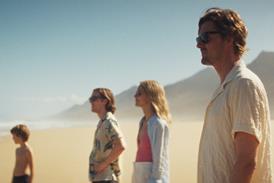

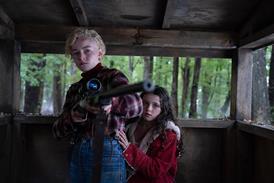

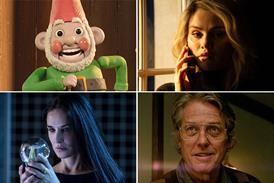
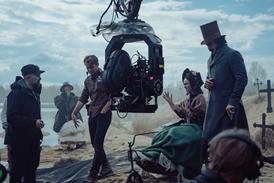



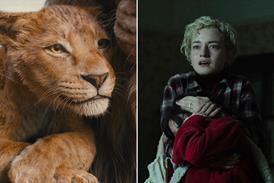
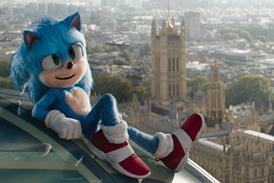
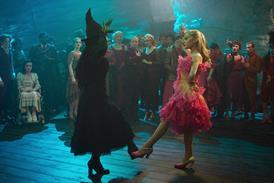
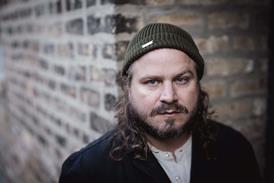

No comments yet